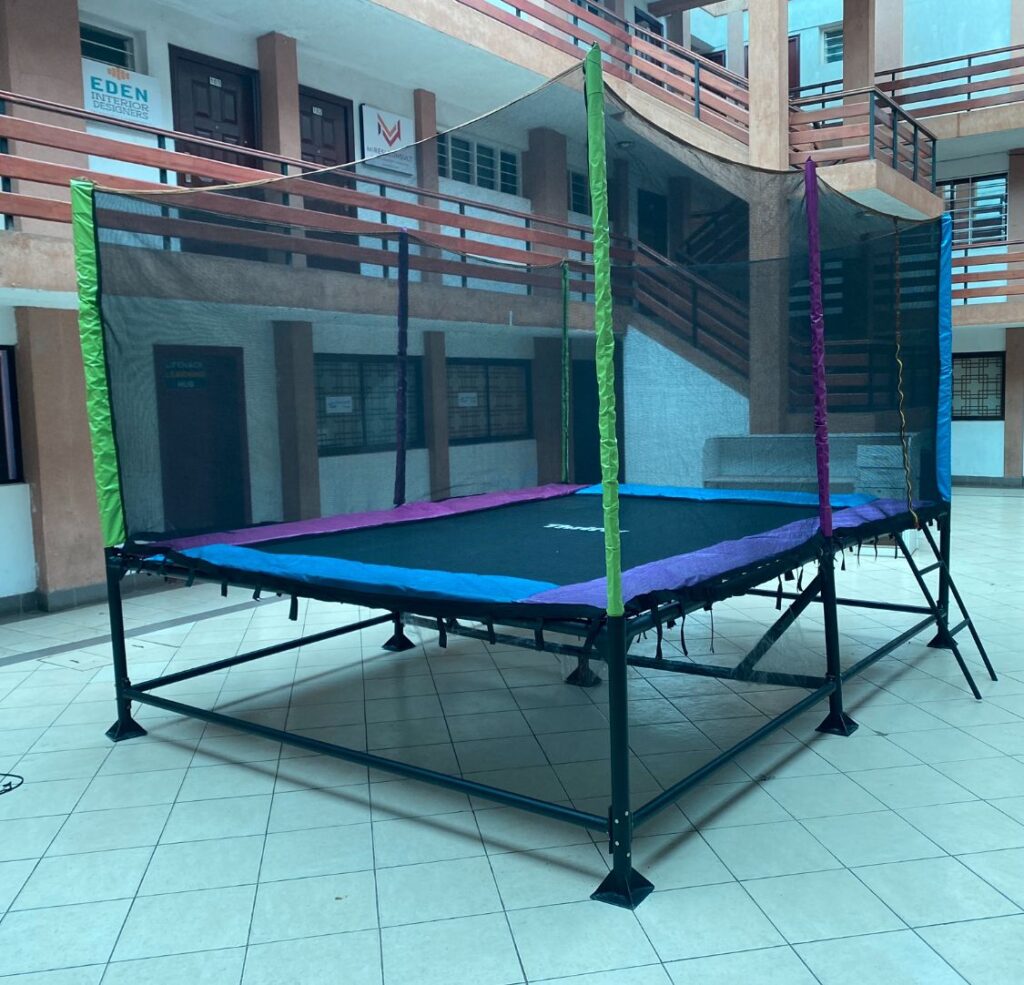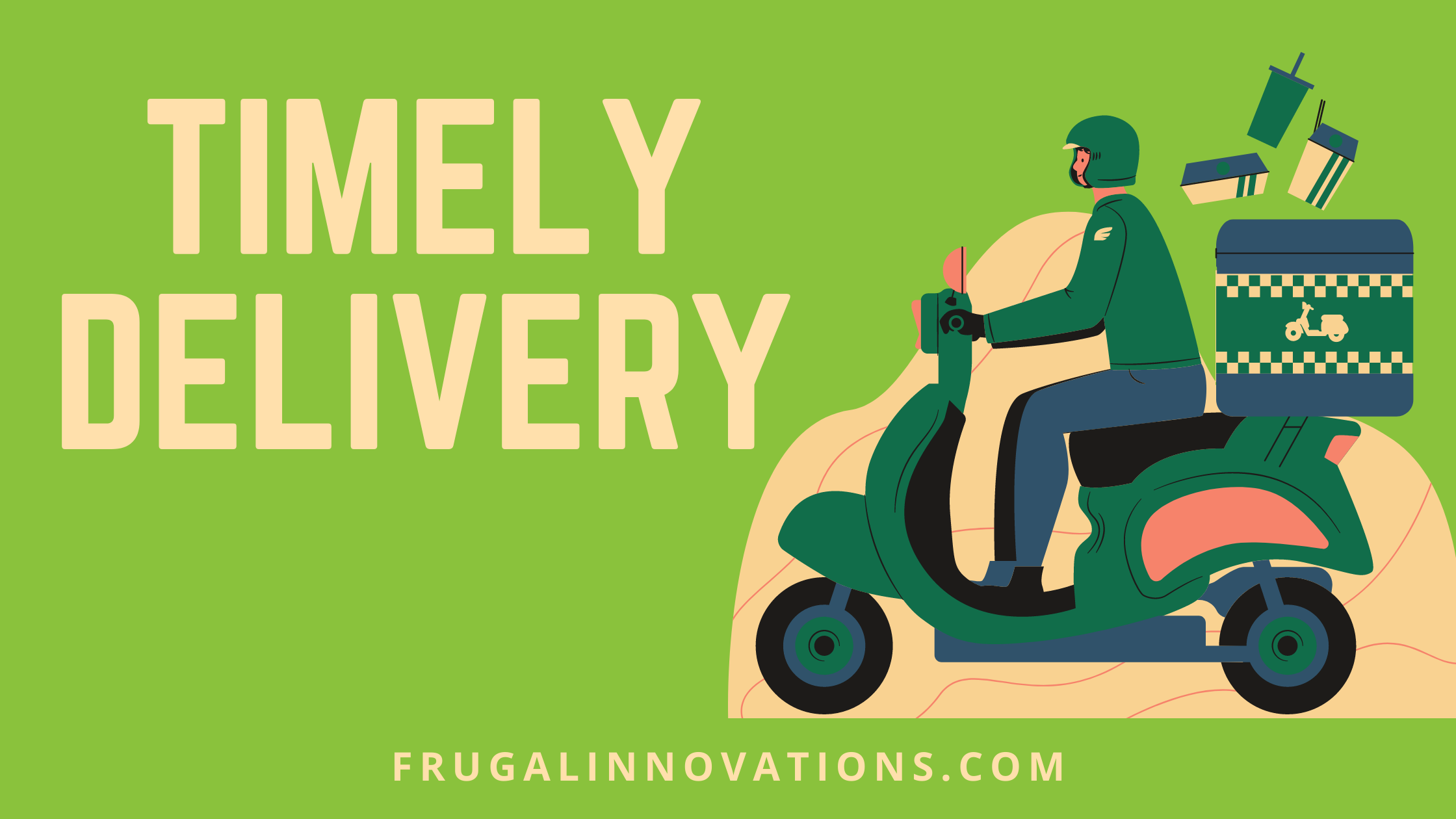Trampolining for Health in Nairobi: Lymphatic drainage and Immunity

In recent years, trampolining for health in Nairobi has gained popularity not only for fitness but also for its therapeutic effects. Among these benefits, its role in improving lymphatic drainage and detoxification stands out. As more residents explore holistic health options, especially those that can be practiced at home or in fitness centers, trampolines for detox in Nairobi are becoming a common wellness investment. This article explores the science behind rebounding and how it supports the body’s natural cleansing mechanisms.
Visit our shop HERE to explore all our products
To order call: +254722724893
Email: info@thriftyent.com, thrifty.ent@gmx.com
Understanding the Lymphatic System and Detoxification
The lymphatic system is a critical part of the immune system responsible for removing waste, toxins, and other unwanted materials from the body. Unlike the circulatory system, the lymphatic system lacks a central pump (like the heart) and relies on physical movement to stimulate lymph flow (Cao et al., 2011). When this flow is sluggish, waste accumulates in tissues, leading to fatigue, inflammation, and a weakened immune response.
This makes lymphatic health in Nairobi a growing concern, particularly in urban areas where sedentary lifestyles and pollution levels contribute to toxin buildup.
How Trampolining Stimulates the Lymphatic System
Rebounding or trampolining involves rhythmic vertical movements that create gravitational shifts. These shifts increase pressure on the lymphatic vessels, promoting fluid movement and aiding detoxification. A study by Nindl et al. (1995) noted that activities involving gravitational variance significantly enhance lymphatic circulation.
During a bounce, at the top of the jump, there is a brief moment of weightlessness (0g), and at the bottom, the body experiences up to 3x normal gravitational force (3g). This alternating pressure functions as a pump for the lymphatic system (NASA, 1980).
In fact, according to NASA’s findings, rebounding is 68% more efficient than jogging in promoting physical health, in part due to its profound effects on cellular detoxification and lymph movement (NASA, 1980). This has made trampoline workouts in Kenya particularly appealing among health-conscious populations seeking low-impact, high-benefit activities.
Local Relevance: Lymphatic Detox and Wellness in Nairobi
Urban stress, environmental toxins, and processed diets contribute to toxin buildup among Nairobi’s residents. As wellness trends grow, detox-focused fitness in Nairobi is taking root, and trampolining has become a standout tool in this movement. Fitness centers, physiotherapy clinics, and even home users are investing in trampolines for lymphatic drainage in Nairobi as part of a broader wellness lifestyle.
In high-pollution neighborhoods and sedentary work environments like those in Westlands, Kilimani, and CBD, regular rebounding sessions provide a gentle, effective way to keep the lymphatic system active. For women dealing with hormonal imbalances or postnatal recovery, and for adults managing chronic inflammation, mini trampolines in Kenya have emerged as trusted home-based therapy tools.
Additional Health Benefits Beyond Detoxification
Alongside lymphatic drainage, trampolining contributes to:
Improved circulation – supporting kidney and liver detox pathways
Enhanced immunity – due to better lymphocyte circulation
Stress reduction – through endorphin release
Weight loss – reducing the fat-soluble toxins stored in adipose tissue
Joint-friendly exercise – ideal for individuals recovering from illness or injury
This makes rebound therapy in Nairobi suitable for children, the elderly, and busy professionals alike. As local suppliers like Thrifty Enterprises and Frugal Innovations offer affordable trampolines in Nairobi, access to this form of wellness is no longer limited to high-end fitness centers.
As more residents embrace holistic wellness, trampolining for health in Nairobi is proving to be more than just a fitness trend—it’s a transformative lifestyle choice. Its ability to stimulate lymphatic drainage and support natural detoxification makes it especially valuable in today’s urban environment. With benefits ranging from immune support to improved circulation and mental clarity, trampolining offers a fun, low-impact, and science-backed way to maintain optimal health. Whether used at home or in fitness centers, this simple exercise is helping Nairobians bounce their way to better well-being.
References
Cao, Y., et al. (2011). “The Lymphatic System in Health and Disease.” Nature Reviews Immunology, 11(11), 738–748.
Nindl, B. C., et al. (1995). “Exercise Stimulus Characteristics for Lymphatic Flow: Gravity and Muscular Activity.” Journal of Applied Physiology, 79(4), 1262–1268.
NASA (1980). “Body Acceleration Distribution and O2 Uptake in Trampoline Exercise.” Journal of Applied Physiology.
MacIntyre, D. A., & Pasi, K. J. (2014). “The Role of the Lymphatic System in the Clearance of Inflammatory Mediators.” Blood, 123(15), 2277–2285.


